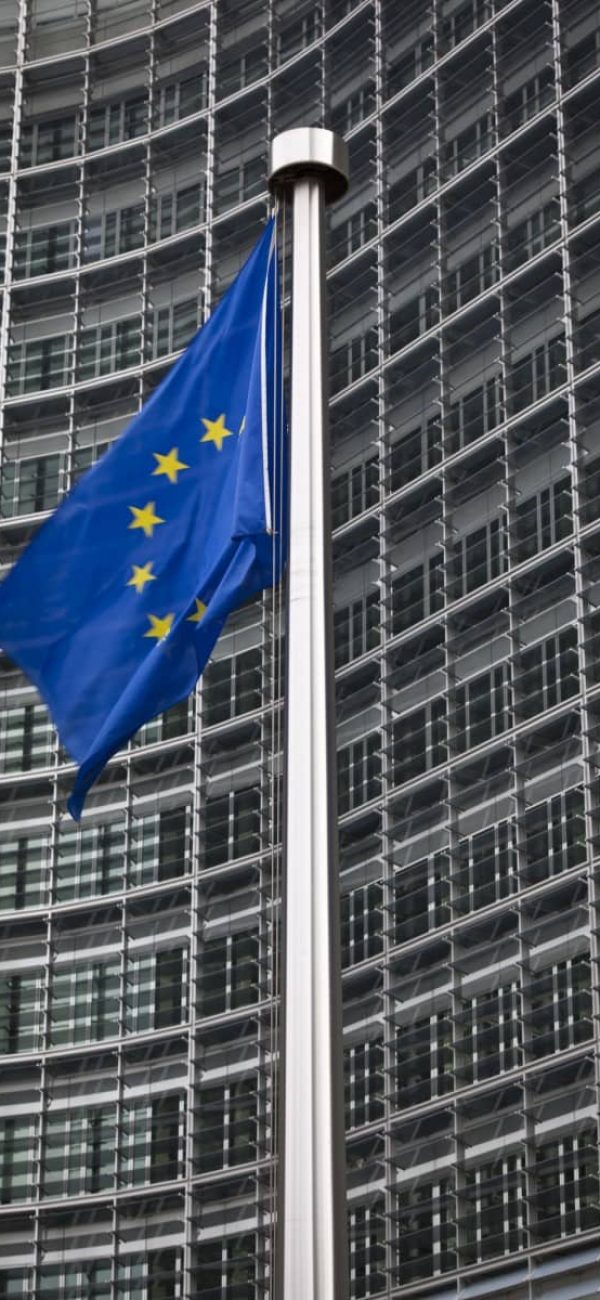RENEWABLE ENERGY
IN EUROPE
The European Commission recognises that more than 75% of greenhouse gas emissions come from energy production and use, which makes it essential to decarbonise the sector using renewable energies in order to achieve the targets set for 2030 and 2050
To this end, the European Green Deal was created. With the aim of guiding the transition to renewable energies and in line with UN goal 7, it sets out the following measures:
– Build interconnected energy systems that support renewable energy sources;
– Promote the modernisation of infrastructure and the use of innovative technologies;
– Boost the energy efficiency and eco-design of products;
– Decarbonise the gas sector and promote smart integration between sectors;
– Combat energy poverty in Member States by empowering consumers;
– Promote European energy technologies and standards worldwide;
– Harness the potential of offshore wind energy in Europe.
The European Parliament also recognises the importance of renewable energy for the environment, the economy and life as a whole. It therefore adopted the new Renewable Energy Directive (RED II), which sets a target of 32% of all energy in the European Union to be generated from renewable sources by 2030.
In 2022, under RePowerEU, the EC proposed to increase the renewables target for 2030 to 45%.
As an incentive to achieve the targets, the Directive provides for an exemption from fees and charges for small self-consumption installations and the possibility for communities to produce, store and sell excess production.

HYDROGEN IN EUROPE
Hydrogen still represents a small fraction of the renewable energy used around the world and in Europe. It is also largely produced from fossil fuels such as natural gas or coal. There are also a number of technical and trade barriers that must be overcome. These barriers require a joint effort by the various countries belonging to the European Union to use European funds to invest in research projects and to introduce green hydrogen into their gas networks.
However, countries such as the Netherlands, the United Kingdom and Germany have been developing similar projects in order to speed up their own transition to renewable energy and meet European targets.
The adaptation of natural gas networks to receive and distribute hydrogen will contribute to the decarbonisation of the energy sector. This adaptation will help reduce barriers to entry for hydrogen and will help to prevent distribution networks from becoming idle assets, mitigating the risk of excessive electricity grid expansion and contributing to cost savings in the decarbonisation process.
The injection of hydrogen into gas networks is also being studied. According to the European Hydrogen Strategy, blending will be part of the solution for decarbonising the sector.
In this context, Portugal benefits from unique conditions for the production of green hydrogen. We have one of the most modern gas distribution networks in Europe, 94% made of polyethylene, a material suitable for the distribution of H2, and an abundant supply of renewable energy.
EUROPEAN PLANS FOR USE
OF GREEN HYDROGEN

